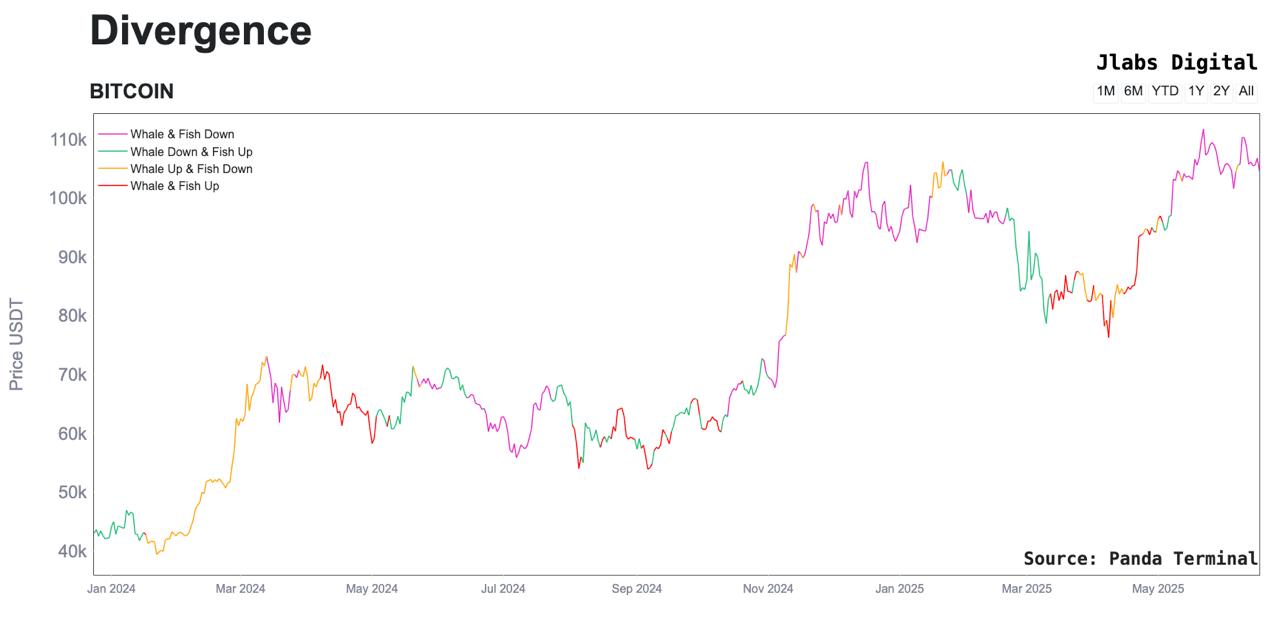Who’s Dumping Bitcoin Above $100K—And Killing the Bull Run?
The $100K Bitcoin sell wall is real—and someone's getting rich while hodlers suffer.
The Whale Watch: On-chain data reveals massive limit orders stacked like dominoes at six figures. Miners? ETFs? A shadowy super-holder playing 4D chess? The market’s whispering all three.
Liquidity Games: Every breakout attempt gets smacked down by algorithmic sell pressure. Traders call it ‘the Great Resistance’—a self-fulfilling prophecy of fear and greed.
Wall Street’s Cynical Play: Meanwhile, institutional desks quietly accumulate at $98K, because why buy the dip when you can manufacture one? Classic finance—creating problems to sell solutions.
One thing’s clear: Until this overhang clears, Bitcoin’s stuck in purgatory. Bulls might want to pray for a whale to grow a conscience—or a margin call.
Miners offload BTC
Miners, or those producing bitcoin, have also been contributing to the selling pressure, according to data source IntoTheBlock.
The balance held in miner wallets has declined to roughly 1.91 million BTC from 1.94 million at the end of May, indicating that these entities offloaded approximately 30,000 BTC in 20 days.
"Miners have to continually sell, and believe it or not, some long-term holders continue to sell gradually as they manage their USD liabilities. The key thing is volume - is it sold or bought on high volume? It is noise and speculative flows that can revert very quickly," Philippe Bekhazi, CEO of crypto platform XBTO, told COinDesk.
Note that miners' share in total spot market volume is minuscule and has hit the lowest since 2022.
Accumulation stalls for next-best alternatives
Overall, the substantial accumulation by both whales and small addresses observed during bitcoin's initial run higher from the early April lows NEAR $75,000 has stalled since prices broke into six figures.
"Those same accumulation patterns began to weaken once BTC breached $100k. The reason the price slowed down is likely due to the availability of next-best alternatives. Funding rates were rallying hard, and having delta-neutral positions earning 15-30% APY likely seemed attractive enough to de-risk on a directional basis," Benjamin Lilly, founder of Jarvis Labs, noted.

The delta-neutral trades involve shorting perpetual futures and simultaneously purchasing the asset in the spot market when futures trade at a premium to the spot price. The non-directional arbitrage strategy enables traders to capitalize on price differentials while mitigating risks associated with price volatility.
Jimmy Yang, co-founder of Orbit Markets, said that Bitcoin maturing into a more stable asset class means it may not necessarily generate outsized returns. That has likely prompted some holders to divest into other assets.
"While the directional upside remains, investors can no longer expect 10x or 100x returns in a short period. As a result, we’ve seen some long-term holders begin to divest a portion of their BTC holdings to diversify into other asset classes such as equities, gold, and private placements — a MOVE that makes sense from a portfolio allocation perspective," Yang told CoinDesk.
What next?
According to Yang, the market may not offer much excitement in the near-term, as the cryptocurrency continues to trade in tandem with equities and broader risk sentiment.
"Both asset classes are hovering near all-time highs, and if equities break higher, BTC is likely to follow. With the summer lull setting in, market activity is expected to remain subdued in the near term," Yang noted.
Blume said that the BTC market may cool off a little, having seen prices surge from $75K to over $100K in the early weeks of this quarter.
"It’s also to keep in mind that bitcoin rallied from 78k less than two months ago, so I’d expect a cool off anyway. It’s telling that the dips in price are quite shallow and are a sign of strength for the next leg up," Blume said.
According to Thielen, the key levels to watch are $102,000 on the downside and $106,000 on the upside.

